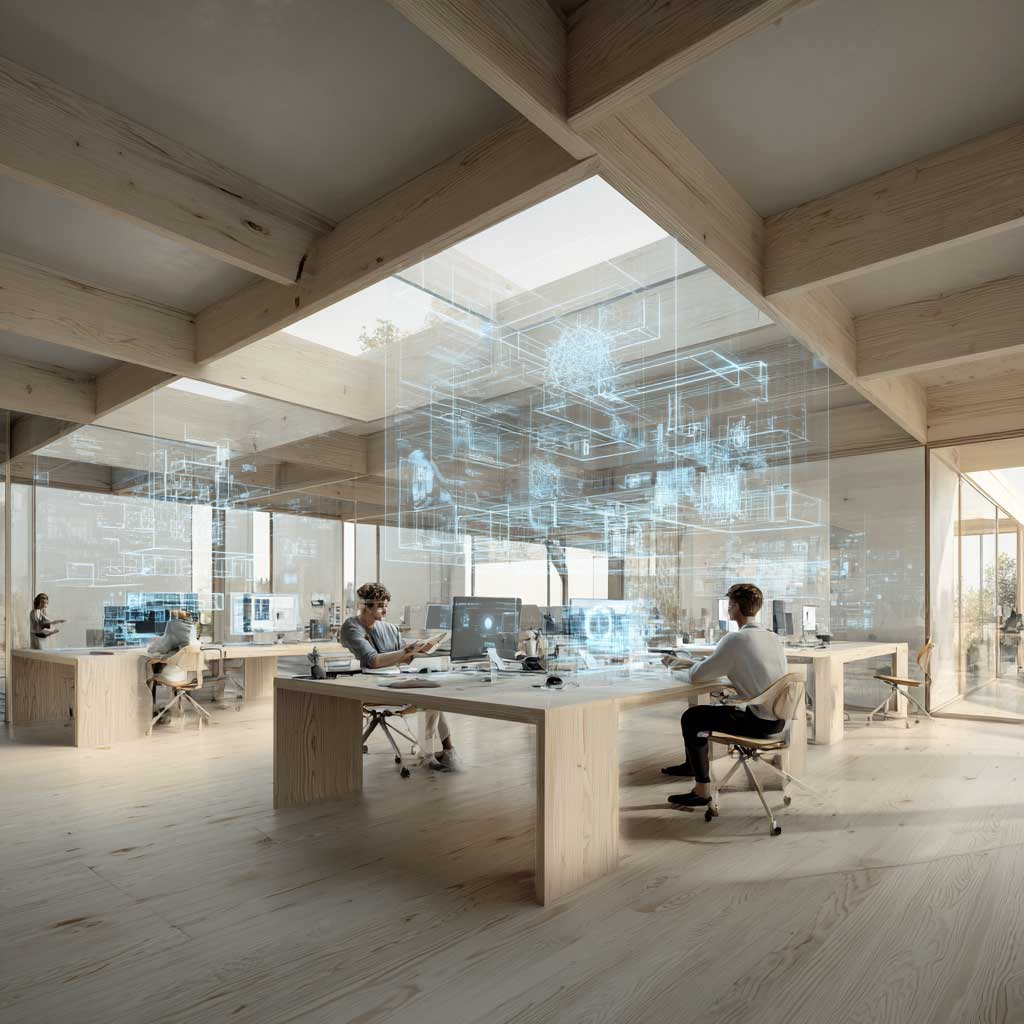Model Driven Government
In government, the domain data model isn’t just metadata; It’s institutional knowledge. The promise of model driven development is simple: build your systems from shared models. Knowledge then compounds, interoperability is native, and new applications start at 80% done.
Model driven government: Why this matters now?
Ministries, agencies and municipalities all describe the same concepts over and over again: citizen, applicant, permit, inspection, grant, decision, appeal, consultation round, and more. But because every system is built in isolation, this domain model gets reinvented, re-interpreted, and hard-coded in every project — usually slightly differently each time.
In theory, the public sector should be best positioned to build on top of its prior work. In practice, almost every new IT project starts from a blank page even when the concepts are 95% the same. The policy is shared — but the implementation is fragmented.
An example: Public grants
Across government, multiple entities provide financial grants for different purposes — culture, youth activities, research, civic innovation, environmental restoration, and more. And yet, the structure is almost always the same:
- there is an applicant
- ... and the grant applied
- the data that needs to be collected from applicant to this grant
- an eligibility check, set of rules
- a decision
- reporting or follow-up obligations
- sometimes appeals or supervision
Despite this near-identical structure, new grants are usually implemented as a completely new application from scratch. New database. New UI. New vendor. New interpretation of the same legal logic. Instead of improving one shared model over time, the state keeps resetting to zero — repeatedly rebuilding the same concepts in isolation.
What LeBLANC does differently
LeBLANC is designed to reverse that pattern. Instead of forcing government workflows into pre-built business templates, LeBLANC lets you build your own accurate domain model — directly from how the process is defined in law and practice. Critically, the model is not tied to a single application. Once defined, it becomes a reusable asset. For every new system you can:
- Pick up the entities you already trust — e.g., applicant, decision, funding round, reporting obligation.
- Reuse them in part or in whole for the new application.
- Add only what’s truly unique to that policy or program.
No more rebuilding “applicant” fifteen times. No more re-interpreting “decision” per vendor. The system adapts to the organization’s domain — not the other way around.
Plugging into shared government models
This aligns with the direction many governments are moving. For example, Finland’s Interoperability platform (Finnish: Yhteentoimivuusalusta) initiative is defining shared government data models that can be reused across agencies — so every official doesn’t have to invent its own version of “citizen”, “permit”, or “grant recipient.”
The challenge today is that these models often remain theoretical — published as documentation, but not directly usable in real application development. If a working model export is provided, LeBLANC can import those models directly and use them as-is to produce executable models and applications. No translation. No reinvention. The official data model becomes a live asset in production.
What changes when you build from models

- Development accelerates. Less time translating requirements into code; more time improving the process.
- Consistency improves. A “decision” means the same thing across ministries, systems and vendors — by design.
- Institutional knowledge compounds. New projects reuse and refine what came before, instead of starting from scratch.
- Interoperability becomes native. Shared models make cross-agency data flow normal, not a special project.
- Policy agility increases. When a law changes, you update the model — applications follow.
- Vendor dependency decreases. The government owns its semantics, not just the source code.
Owning the digital foundations
In the end, this is about sovereignty. For decades, public organizations have treated IT delivery as a series of isolated projects — handing over not just the work, but the semantics of how public power is exercised. The knowledge of how a grant is processed, how a permit is issued, or how a decision is justified has been repeatedly handed off, reinterpreted, and locked inside one-off systems.
Model-driven development — and platforms like LeBLANC — enable a different direction. Governments can build and own their domain model as a durable public asset: a formal, evolving representation of how government actually works, reusable across use cases, agencies, and generations of technology.
Instead of reinventing the same processes forever, government can start compounding its own knowledge. Instead of adapting to software, software adapts to law. And instead of outsourcing digital foundations, the state can take ownership of them — deliberately, structurally, and long-term.
That’s the real shift — not just faster projects, but digital self-determination.
Related
A word from the author
If this caught your interest, or you’re exploring shared models across agencies, let's meet! Drop me a line!
Janne Hansen, 28.10.2025
LeBLANC Finland Oy


